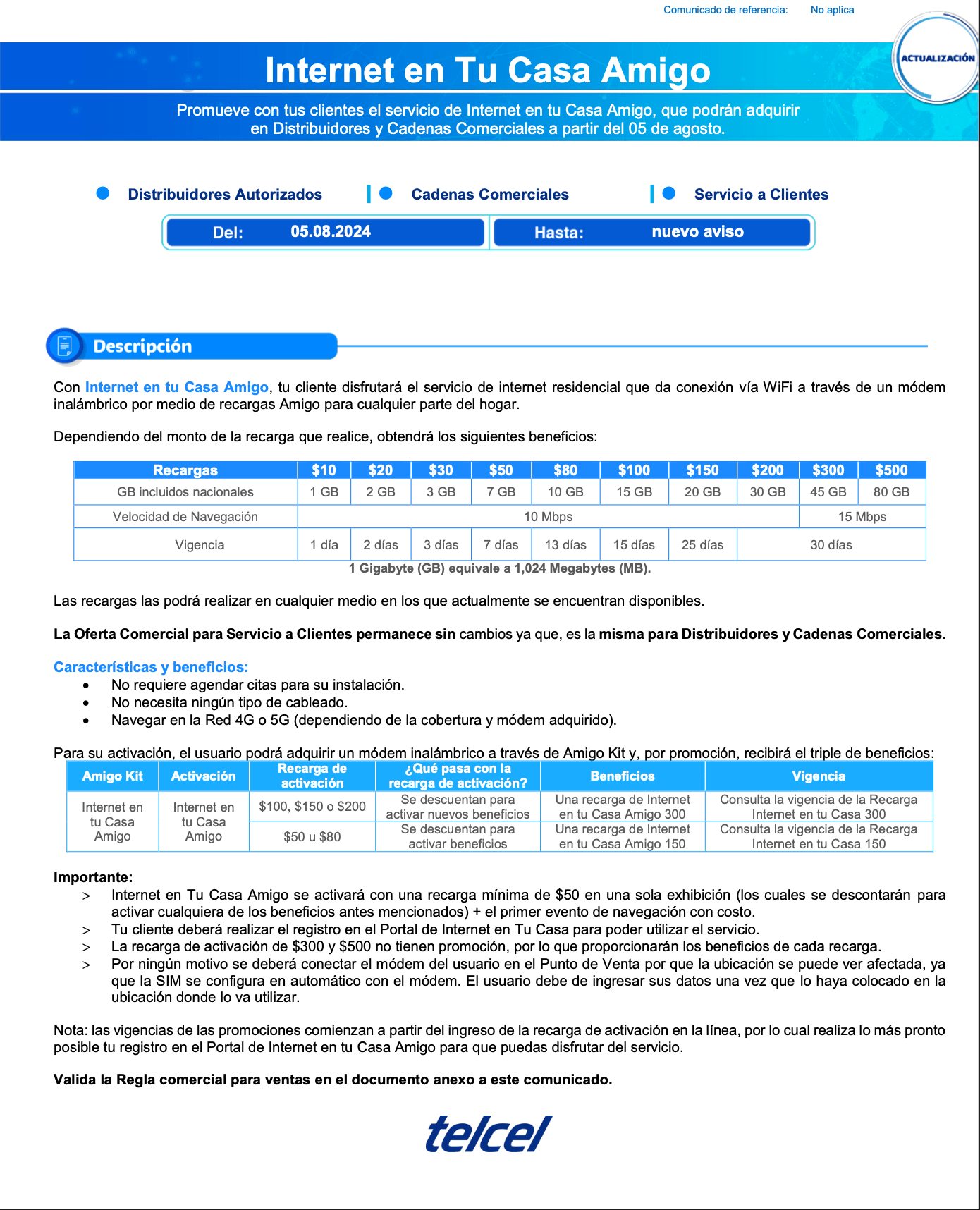Alright, let’s dive deep into the world of modern home internet, covering everything from the basics to optimizing your connection.
In today’s interconnected world, a reliable and fast internet connection is no longer a luxury, but a necessity. Whether you’re working from home, streaming your favorite shows, engaging in online gaming, or simply staying connected with loved ones, your home internet plays a pivotal role in your daily life. This guide will explore the various aspects of modern home internet, helping you understand your options, troubleshoot common issues, and maximize your online experience.

The foundation of your home internet experience lies in the type of connection you choose. Here’s a breakdown of the most common options:
DSL (Digital Subscriber Line)
DSL utilizes your existing telephone lines to deliver internet service. It’s generally more widely available than cable or fiber, especially in rural areas.
How it Works
DSL transmits data over copper telephone lines, but at frequencies that don’t interfere with voice calls.
Pros
Generally affordable.
Cons

Speeds are distance-dependent.
Cable Internet
Cable internet uses the same coaxial cables that deliver cable television service.
How it Works
Data is transmitted over coaxial cables, allowing for faster speeds than DSL.
Pros
Faster speeds than DSL.
Cons
Speeds can fluctuate during peak usage times.
Fiber Optic Internet
Fiber optic internet is the fastest and most reliable connection type available.
How it Works
Data is transmitted over thin strands of glass or plastic using pulses of light.
Pros
Fastest speeds available.
Cons
Limited availability, primarily in urban areas.
Satellite Internet
Satellite internet uses satellites orbiting Earth to provide internet access.
How it Works
A satellite dish on your property communicates with a satellite in geostationary orbit.
Pros
Cons
High latency (delay), making it unsuitable for real-time applications like online gaming.
Fixed Wireless Internet
Fixed wireless internet uses radio waves to transmit data between your home and a nearby tower.
How it Works
A receiver on your property communicates with a tower operated by the internet service provider.
Pros
Available in areas where cable and fiber are not accessible.
Cons
Speeds can be affected by weather and obstructions.
Selecting the right internet plan involves considering your internet usage habits and budget. Here are some factors to keep in mind:
Speed
Determine your required download and upload speeds based on your online activities.
Data Caps
Check for data caps and ensure they align with your usage.
Price
Compare prices from different internet service providers (ISPs) and look for promotional offers.
Contract Length
Evaluate the contract length and determine if it suits your needs.
Once you’ve chosen an internet plan, you’ll need to set up your home network. Here are the basic steps:
Modem and Router
Your ISP will provide a modem, which connects your home to the internet.
Wi-Fi Setup
Connect your router to your modem using an Ethernet cable.
Device Connection
Connect your devices to your Wi-Fi network using the network name (SSID) and password.
Even with a well-configured network, you may encounter internet issues from time to time. Here are some common problems and their solutions:
Slow Internet Speeds
Check your internet speed using online speed test tools.
Wi-Fi Connectivity Issues
Move your router to a central location in your home.
Intermittent Connection
Check for loose cables and connections.
Security Concerns
Change your default router password.
To maximize your internet experience, consider the following tips:
Prioritize Bandwidth
Use Ethernet Cables
Upgrade Your Router
Monitor Your Network
Consider a Mesh Network
The future of home internet is bright, with advancements in technology promising even faster speeds and more reliable connections. Here are some trends to watch:
5G Home Internet
5G home internet offers wireless broadband access using 5G cellular networks.
Low Earth Orbit (LEO) Satellites
Wi-Fi 6 and Wi-Fi 6E
By understanding the various aspects of modern home internet, you can make informed decisions, optimize your network, and enjoy a seamless online experience.



